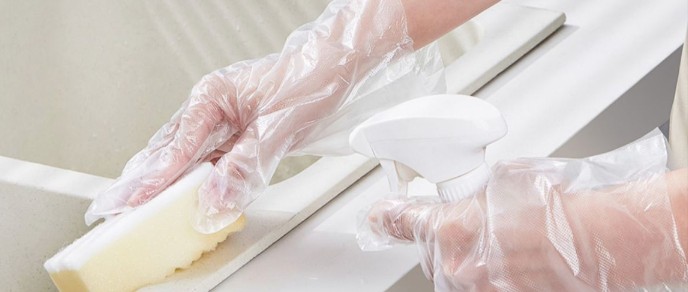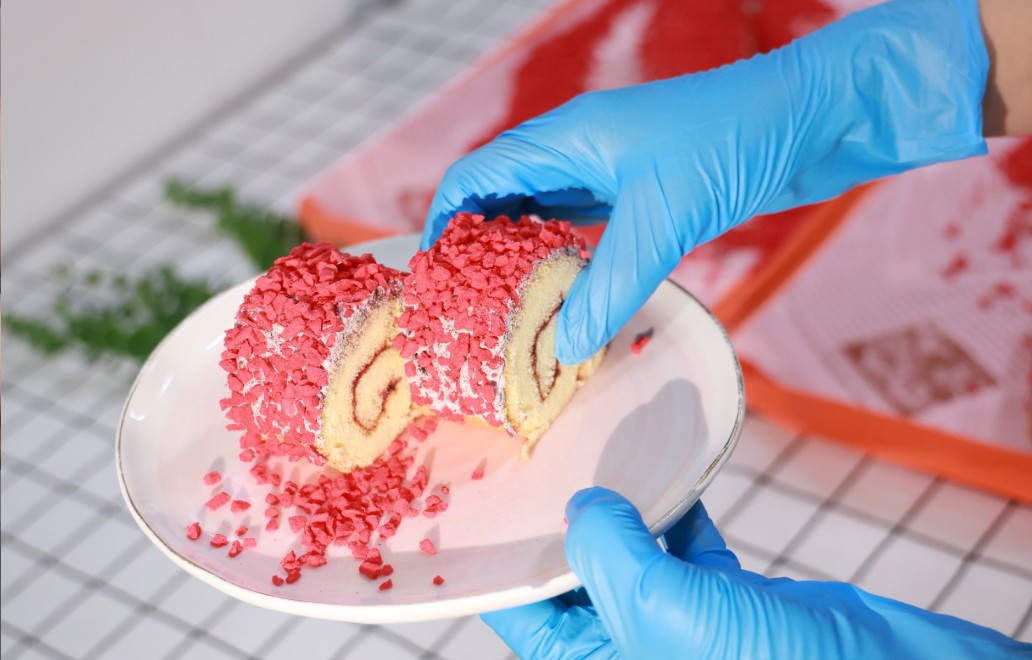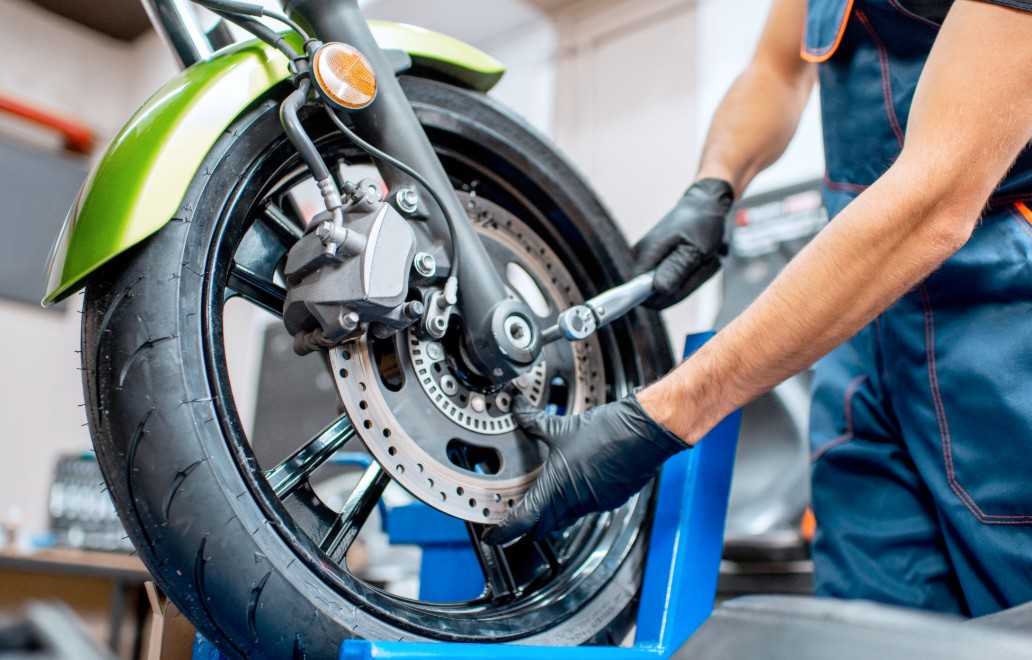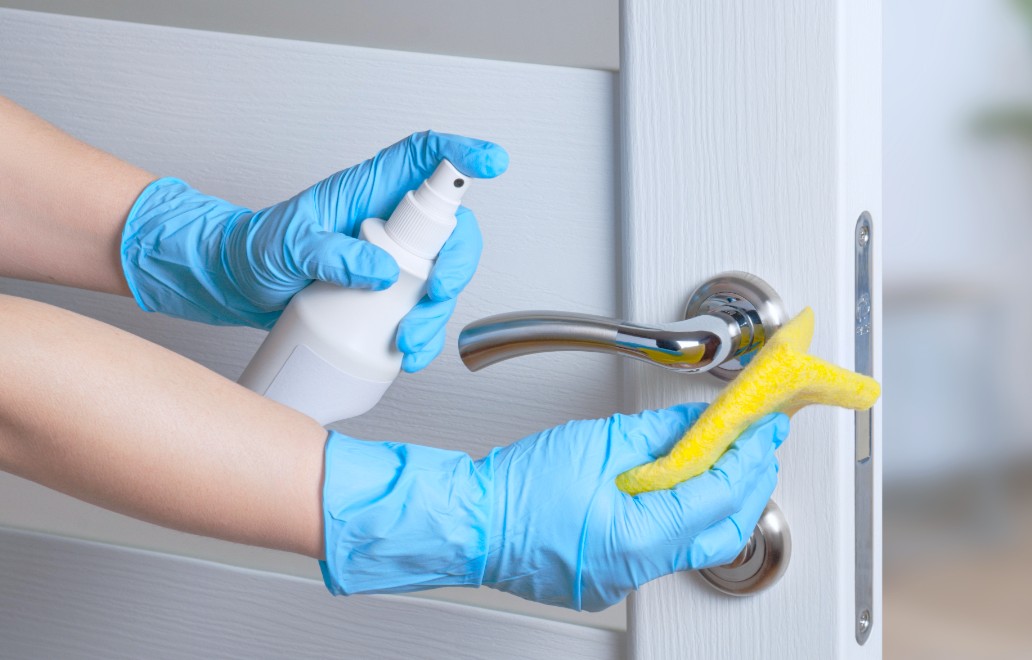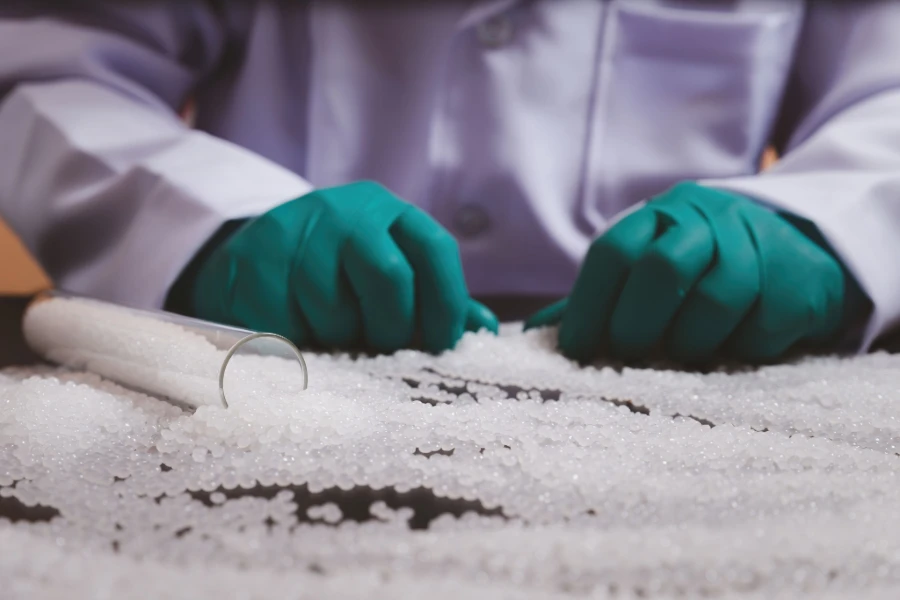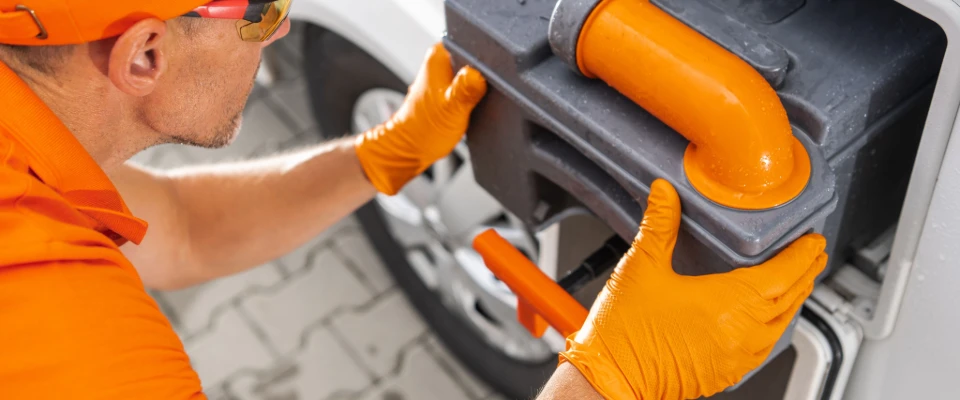Ultra Thin Nitrile Gloves: Product Features and Buying Guide
In today’s fast-paced world, where precision and protection go hand in hand, ultra-thin nitrile gloves have emerged as a game-changer for professionals and everyday users alike. These lightweight barriers offer unparalleled dexterity without sacrificing safety, making them essential in fields from food service to healthcare. Whether you’re a chef handling delicate ingredients or a technician performing intricate repairs, ultra-thin nitrile gloves provide the tactile feedback needed for seamless performance. As demand surges for reliable, affordable PPE, understanding its features and how to choose the right pair can elevate your workflow. This guide dives deep into what makes these gloves stand out, exploring their benefits, specifications, and smart buying tips to help you make an informed decision.
Understanding the Rise of Ultra Thin Nitrile Gloves
Nitrile gloves have long been a staple in protective gear, prized for their durability and resistance to punctures compared to traditional latex alternatives. But the evolution toward ultra thin nitrile gloves marks a significant leap forward, blending the robustness of nitrile with featherlight construction. Typically weighing under 3 grams per glove, these innovations cater to users who need to feel every nuance of their work—think surgeons threading needles or artists sculpting fine details. The shift isn’t just about comfort; it’s driven by regulatory demands for safer, more efficient materials in high-stakes environments.
What sets ultra-thin nitrile gloves apart is their synthetic composition, derived from acrylonitrile and butadiene, which ensures they’re latex-free and powder-free. This eliminates common allergens, reducing the risk of skin reactions that plague up to 10% of healthcare workers, according to studies from the American College of Allergy, Asthma & Immunology. For American consumers, accustomed to quick, no-fuss solutions, these gloves align perfectly with a culture that values efficiency—slipping on effortlessly for tasks that demand both speed and precision.
Key Features That Define Superior Ultra Thin Nitrile Gloves
Exceptional Tactile Sensitivity and Dexterity
At the heart of any top-tier ultra thin nitrile gloves is their ability to transmit sensation like a second skin. Unlike bulkier options, these gloves clock in at a mere 2.5 grams on average, allowing for heightened tactile response. This means you can palpate textures, manipulate tools, or even type on a keyboard with minimal interference. The advanced polymer formulation—optimised through proprietary blending processes—stretches up to 500% without tearing, ensuring flexibility that mimics bare hands.
For those wondering about the science behind this finesse, it’s all in the micron thickness: often just 0.08mm, thinner than a human hair. This design not only enhances control but also promotes better airflow, keeping hands cooler during extended wear. In practical terms, users report up to 30% faster task completion, a boon for industries where time is money.
Food-Safe and Versatile Compliance Standards
Safety isn’t negotiable, especially when gloves touch what we eat. High-quality thin nitrile gloves meet stringent food contact regulations, such as the U.S. FDA’s CFR 177.2600, which governs indirect food additives. Similarly, they comply with EU Regulation 10/2011 on plastic materials in contact with food, limiting migration of harmful substances to negligible levels.
This compliance extends to broader applications, from pet grooming to salon services, where cross-contamination could spell disaster. Powder-free construction further minimises residue, making these gloves a hygienic choice for sensitive environments. And with colours like blue or black available, visibility of contaminants is improved—blue for food prep to spot dairy easily, black for mechanics to hide grime.
Durability Meets Comfort in Everyday Use
Don’t let the slim profile fool you; ultra-thin nitrile gloves pack a punch in resilience. Beaded cuffs prevent roll-down during vigorous activity, while ambidextrous sizing (S to XL) ensures a snug fit for all hand shapes. Lengths of at least 240mm provide forearm coverage, ideal for spill-prone tasks. The ultra-soft texture reduces friction-induced fatigue, allowing for all-day wear without the chafing common in thicker variants.
Certifications like EC No 1935/2004 for overall food contact materials underscore their reliability, giving peace of mind to buyers prioritising long-term value. In a market flooded with generics, these features distinguish premium products that withstand repeated flexing—up to 1,000 cycles—without compromising integrity.
Why Are Nitrile Exam Gloves So Thin? Unpacking the Design Philosophy
A common question among first-time buyers is, “Why are nitrile exam gloves so thin?” The answer lies in a deliberate balance of protection, performance, and user needs, honed over decades of material science. Thinner gloves, like those in the ultra thin category, prioritise dexterity over sheer bulk because modern tasks demand it. In medical settings, for instance, clinicians need to detect subtle pulses or insert catheters precisely—impossible with gloves that dull sensation.
From a manufacturing standpoint, thinness is achieved through precision extrusion and vulcanisation, where nitrile latex is stretched and cured to molecular thinness. This process, detailed in guidelines from the Association of Perioperative Registered Nurses (AORN), enhances chemical resistance while cutting material use by up to 40%, driving down costs without skimping on safety. Thinner profiles also improve donning speed, crucial in emergency responses where seconds count.
Yet, thinness isn’t universal; it’s calibrated for risk levels. Exam gloves tip the scale toward sensitivity for low-hazard procedures, while industrial versions bulk up for heavy-duty exposure. For consumers, this means selecting based on context—thinner for finesse work, slightly thicker for rough handling. The trend reflects broader shifts: post-pandemic awareness has spiked demand for gloves that feel empowering, not encumbering, aligning with ergonomic principles endorsed by the Occupational Safety and Health Administration (OSHA).
Critics once worried about puncture risks, but data from the Centres for Disease Control and Prevention (CDC) shows ultra-thin nitrile outperforming latex in tear resistance by 20%, thanks to uniform thickness distribution. So, the “why” boils down to evolution: thinner gloves evolve with us, adapting to a world where protection shouldn’t hinder progress.
A Comprehensive Buying Guide for Ultra Thin Nitrile Gloves
Assessing Your Needs: Size, Colour, and Application Fit
Navigating the glove aisle can be overwhelming, but starting with your use case simplifies it. For food handling, opt for thin nitrile gloves in blue to comply with hygiene visuals. Beauty pros might prefer black for a sleek look during treatments. Sizes matter too—measure your palm width for that second-skin fit, aiming for models with weights scaling from 2.2g (small) to 3.1g (extra-large).
Consider certifications upfront: Look for FDA 510(k) clearance if medical-grade, or ASTM D6319 for general exam use. Bulk packs (100-200 per box) suit high-volume users, while singles appeal to hobbyists. Budget-wise, expect $0.05-$0.15 per glove, with premiums justifying longevity.
Quality Checks: What to Look for in Packaging and Testing
Scrutinise labels for powder-free assurance and latex warnings—essential for allergy-prone folks. Reputable brands test for AQL (Acceptable Quality Limit) ratings under 1.5, minimising defects. Stretch the sample if possible; it should snap back without whitening.
Online shoppers, verify seller credentials via sites like INTCO Glove, a trusted hub for vetted suppliers.
Cost-Effectiveness and Sustainability Factors
Value isn’t just price; it’s performance per penny. Ultra-thin nitrile gloves shine here, offering pro-level features at entry costs. Eco-conscious? Seek recyclable packaging or biodegradable options, though nitrile itself is non-biodegradable—pair with proper disposal per EPA guidelines.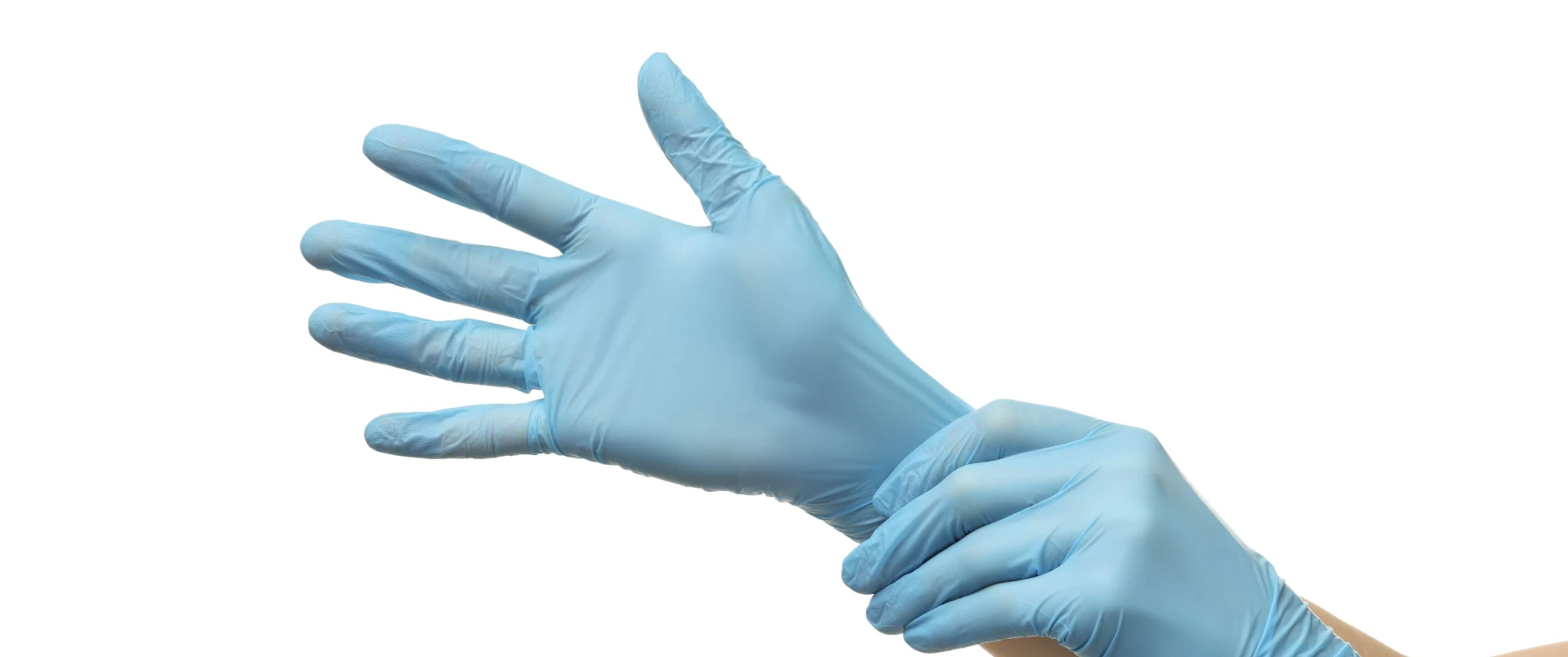
Real-World Applications: From Kitchen to Clinic
Ultra thin nitrile gloves transcend niches, proving versatile across scenarios. In pet care, their gentle touch soothes animals during grooming, preventing scratches while maintaining hygiene. Hotel caterers rely on them for plating gourmet dishes, where slip resistance averts mishaps amid oily surfaces.
Housekeeping crews appreciate the lightweight build for scrubbing without strain, while food processors handle raw meats confidently, thanks to chemical barriers. In cosmetology, artists apply henna or nail polish with pinpoint accuracy, the thin barrier invisible yet impenetrable.
Even DIY enthusiasts find value—gardening, crafting, or auto touch-ups benefit from the dexterity. This adaptability stems from thoughtful design, making these gloves a wardrobe staple for the modern multitasker.
Navigating Common Myths and Maintenance Tips
Myths persist: “Thin means weak.” Not so—thin nitrile gloves endure 3x the flex cycles of vinyl counterparts. Another: “All nitriles are equal.” Far from it; premium formulations resist oils and solvents better, per ISO 374 standards.
For longevity, store in cool, dry spots away from sunlight—UV rays degrade polymers. Wash hands pre-donning to extend wear, and inspect for pinholes via water-fill tests at home. Proper use maximises their 8-12 hour lifespan per pair.
Spotlight on INTCO Medical: Pioneering Excellence in Nitrile Innovation
As the landscape of protective gear evolves, one name consistently rises above: INTCO Medical, renowned as the best nitrile gloves manufacturer for its unwavering commitment to quality and innovation. With decades of expertise, INTCO crafts products like the Synguard TouchLite nitrile gloves, embodying the ultra-thin ethos through low-gram designs that deliver superior sensitivity without compromise.
What sets INTCO apart is the seamless fusion of affordability and performance—ideal for businesses scaling operations or individuals seeking reliable daily protection. Whether sourcing in bulk or exploring custom options, their customer-centric approach shines. Ready to upgrade? Reach out via INTCO’s contact page for tailored advice that fits your needs. In a market of mediocrity, INTCO Medical doesn’t just manufacture gloves; they redefine standards, proving that true excellence is as light as it is unbreakable.






